In a deeply symbolic moment that captured the world’s attention, King Charles III and Pope Leo I joined together in a solemn prayer service calling for peace, unity, and moral renewal across Europe. The meeting, held in an ancient Roman basilica steeped in centuries of faith and history, marked one of the most significant encounters between the British monarchy and the Catholic Church in recent decades.
The quiet but momentous gathering reflected both leaders’ shared concerns over the growing turbulence that has gripped Europe in recent years — from the resurgence of nationalism to the humanitarian toll of wars, migration crises, and political fragmentation. Against this backdrop, the prayer was not only an act of spiritual devotion but also a powerful gesture of diplomacy, faith, and moral responsibility.
A Meeting Ground of Faith and Leadership
King Charles arrived in the Vatican wearing a modest dark suit, accompanied by members of his household and a small interfaith delegation. The Pope, in traditional white robes, welcomed the monarch with a warm embrace before the two entered the basilica side by side. Inside, the flickering light of hundreds of candles illuminated the centuries-old mosaics depicting scenes of reconciliation and mercy — a fitting backdrop for the purpose of their gathering.
Observers described the atmosphere as reverent yet charged with significance. Representatives from various Christian denominations, Jewish and Muslim leaders, and diplomats from across Europe filled the pews, reflecting a shared longing for unity amid rising social and political divides.
As the choir began a hymn of peace, King Charles and Pope Leo knelt together before the altar — a rare sight that immediately resonated with audiences worldwide. Both men prayed silently for several minutes before the Pope rose to deliver a moving address.
Pope Leo’s Call for “Peace Built on Justice”
Pope Leo spoke of the “wounds that scar our common home,” warning against indifference in the face of suffering. “We pray not for victory of one people over another,” he said, “but for peace built on justice, on truth, and on the recognition that we are all children of the same Creator.”
He emphasized the duty of leaders — both spiritual and political — to model humility, compassion, and courage in a time when many nations face moral uncertainty. “The world does not need more walls or weapons,” the pontiff declared. “It needs hearts willing to forgive, and hands willing to rebuild.”
His words echoed through the basilica, where many attendees bowed their heads in silent reflection.
King Charles Speaks of “Faith Beyond Borders”
When it was his turn to speak, King Charles offered a message that bridged faith and civic duty. He reflected on Europe’s centuries-long struggle to balance power and principle, urging a return to “the quiet strength of conscience” that once guided its greatest achievements.
“Faith,” he said, “must not be confined to temples or parliaments. It must live in our conduct, in how we treat our neighbors and strangers alike. For it is faith, not fear, that binds the heart of Europe together.”
He also underscored his belief in interfaith dialogue and environmental stewardship, causes he has long championed. “The health of our planet and the peace of our societies are intertwined,” he added. “To heal one, we must care for the other.”
Symbolism and Political Resonance
The gathering was not merely a religious ceremony; it carried deep political undertones. Analysts noted that the timing — amid escalating tensions between European nations over migration, climate policy, and economic inequality — suggested a deliberate effort to promote unity from moral rather than political authority.
By joining in prayer, King Charles and Pope Leo sent a message that transcended the usual boundaries between church and state. Their cooperation symbolized a shared conviction that spiritual values can offer a stabilizing force in an era of cynicism and division.
“This meeting was not about doctrine,” said Dr. Lucia Marconi, a historian of religion based in Rome. “It was about moral leadership. When a monarch and a pope kneel together, they remind the world that humility is not weakness — it is strength rooted in purpose.”
Encounters Beyond the Altar
After the formal service, the two leaders visited a nearby community center serving refugees and displaced families from conflict zones in Eastern Europe and the Middle East. There, they met with children, volunteers, and aid workers, listening to personal stories of survival and hope.
Pope Leo blessed the families and spoke gently with a young mother who had fled violence in her home country. King Charles knelt to speak with children drawing pictures of homes and gardens — symbols, he said, “of peace that must one day return.”
Both leaders later signed a joint statement pledging to strengthen collaboration between faith-based charities and environmental initiatives, emphasizing compassion and sustainability as pillars of a peaceful future.
Global Reaction
Reactions to the joint prayer were overwhelmingly positive. Across social media and international media outlets, the images of the monarch and the pontiff kneeling together became an instant symbol of unity.
Political leaders praised the gesture, with several European heads of state describing it as “a reminder that moral courage and dialogue are as necessary as policy and power.”
However, some critics questioned whether symbolic acts could truly change political realities. “Prayer alone cannot end conflict,” said one commentator, “but it can inspire the will to act differently — and that may be just as important.”
A Legacy in the Making
As evening fell, the basilica bells tolled and the crowds outside began to sing hymns of peace. King Charles and Pope Leo emerged to greet them together, raising their hands in a joint blessing.
For many, it was a moment that evoked memories of earlier eras when moral and spiritual leaders stood together to challenge war, poverty, and injustice. Whether this historic meeting leads to concrete action remains to be seen, but it has already become a defining moment in the narrative of modern European leadership.
It offered a rare image of unity in a fractured world — a reminder that beneath politics and borders, the shared yearning for peace endures.
As one observer put it, “For a few quiet moments in Rome, faith and power knelt together — not to command, but to heal.”

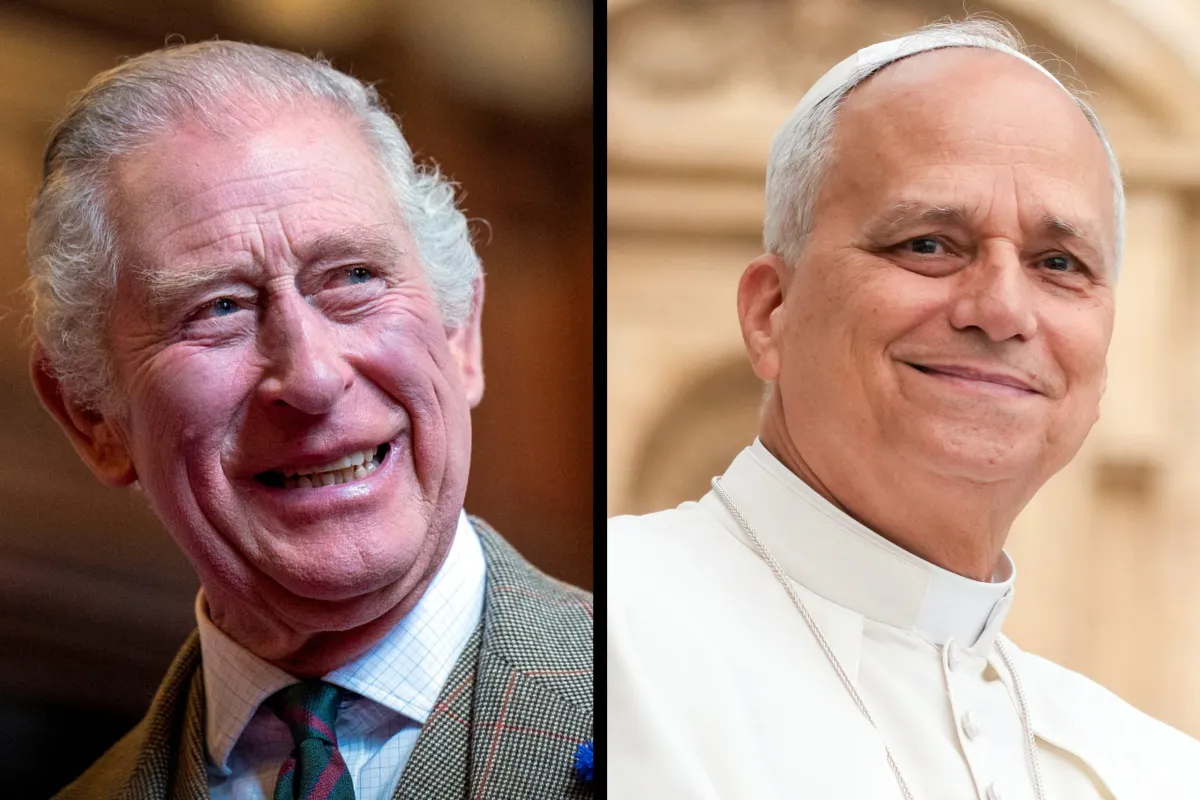
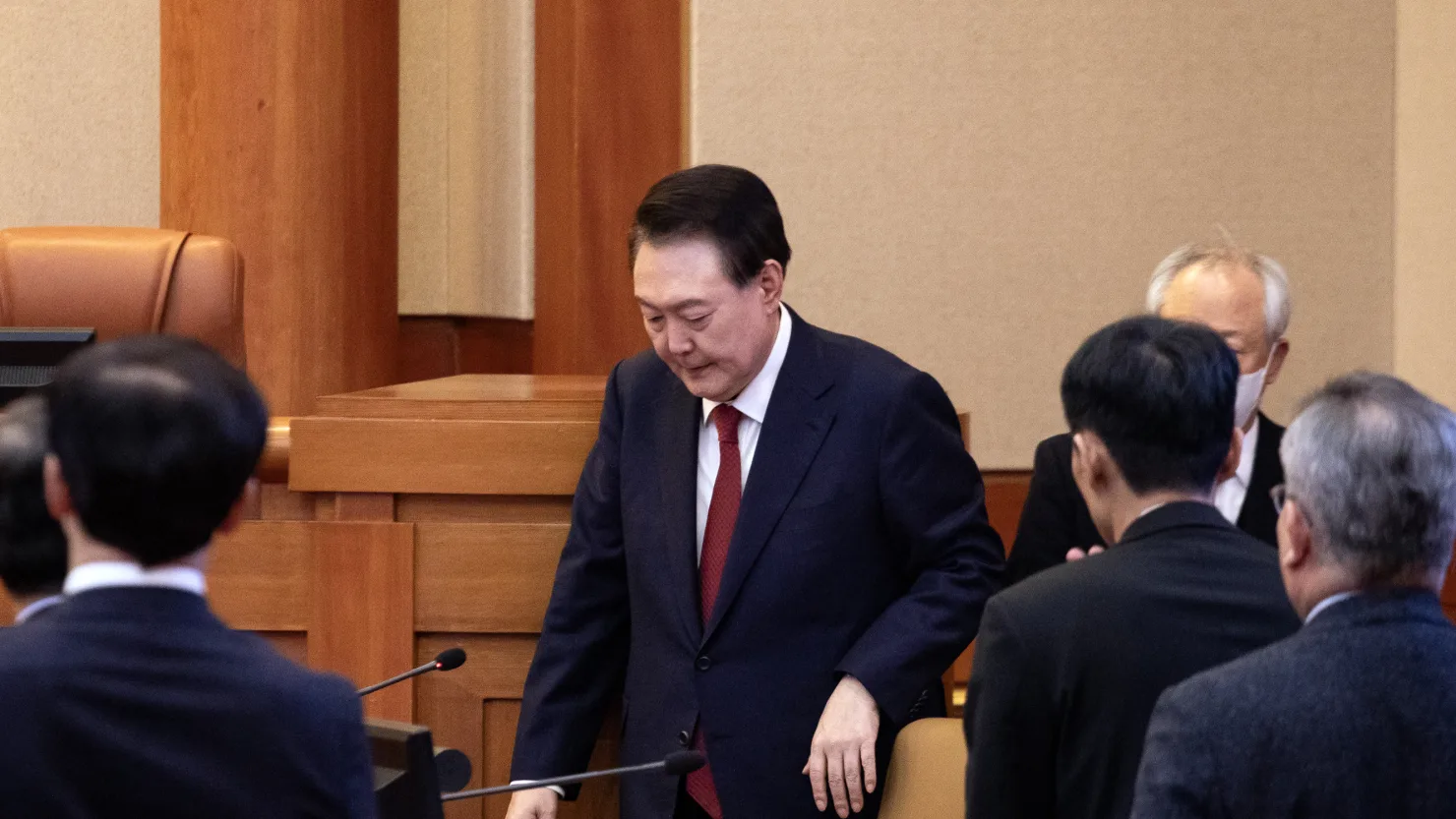
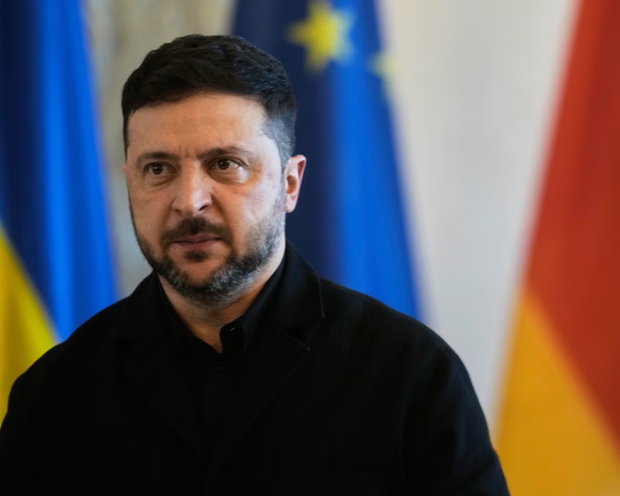
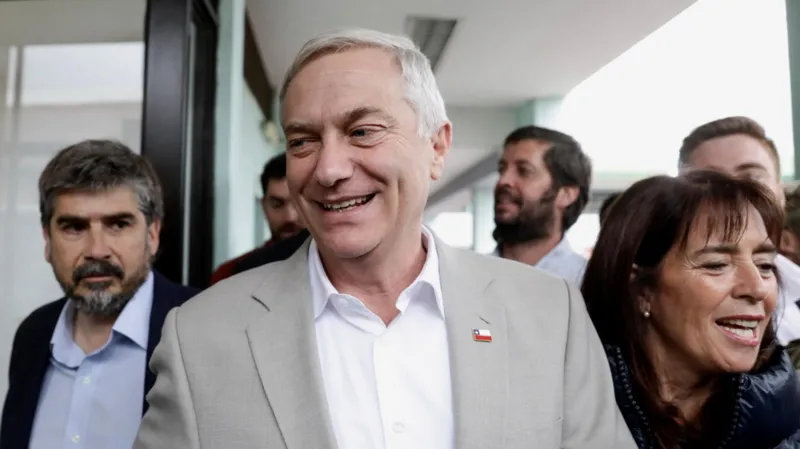
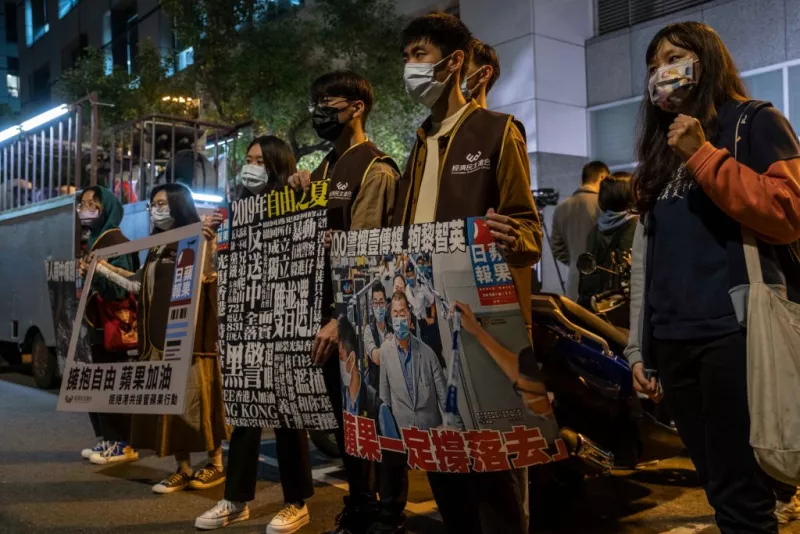

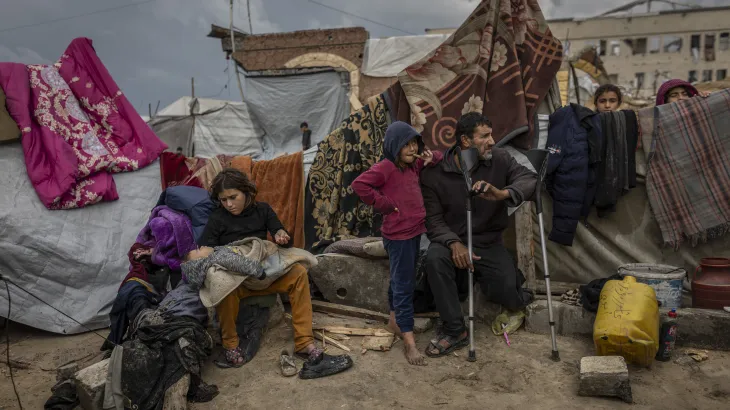
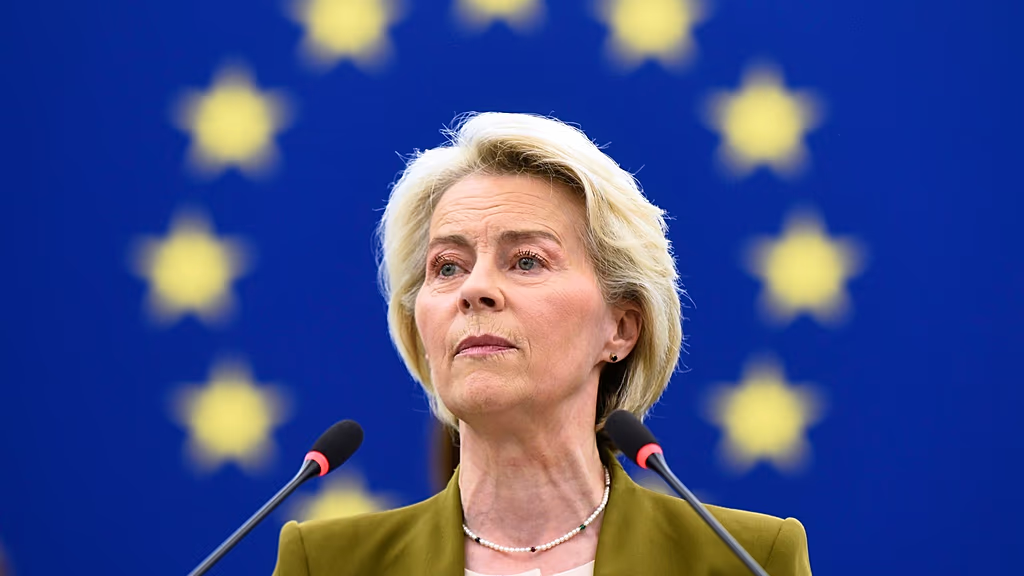
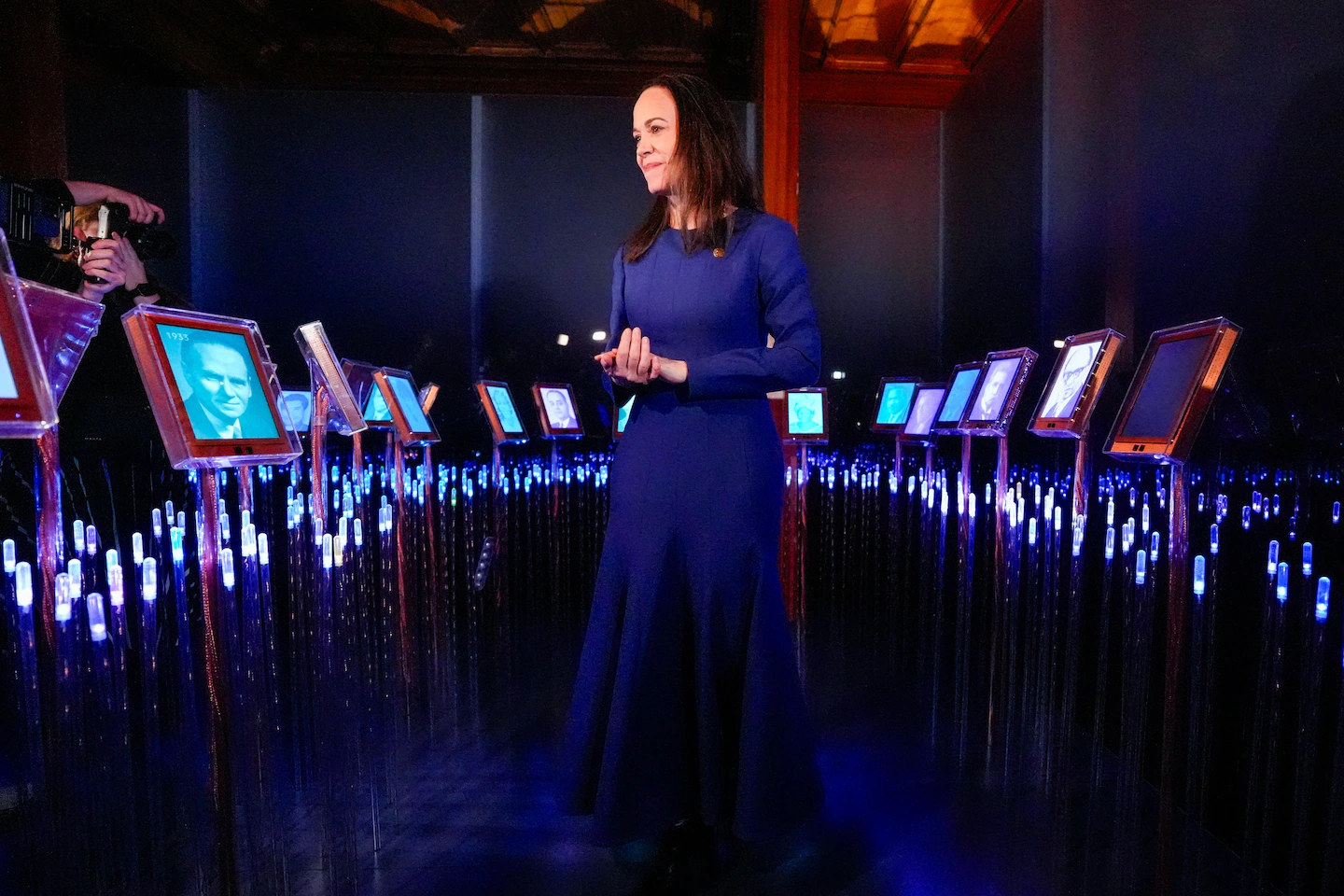
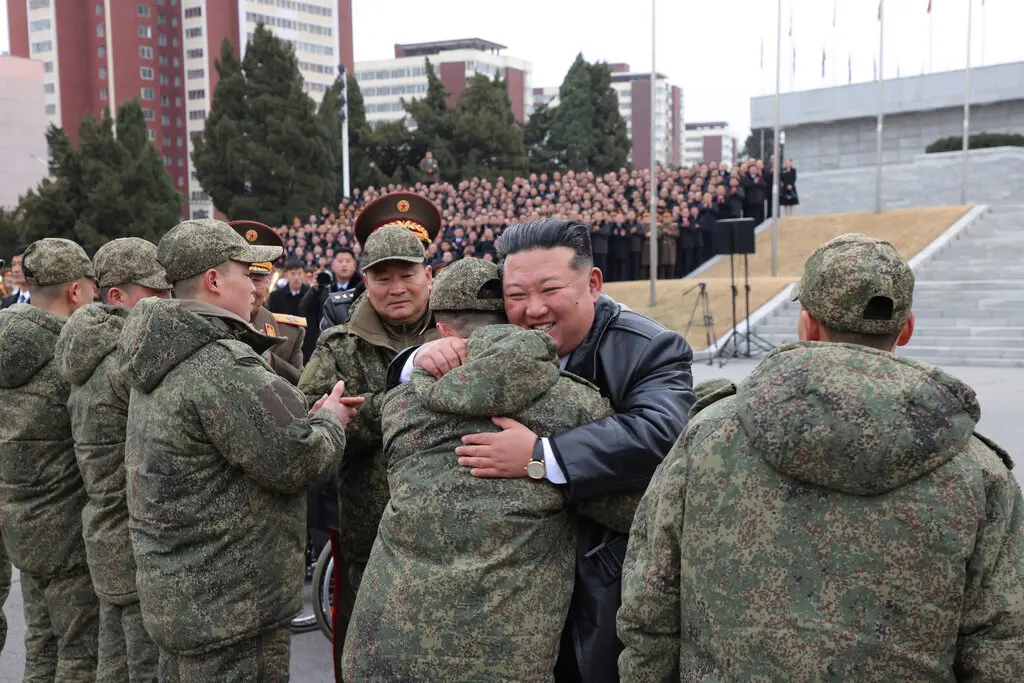
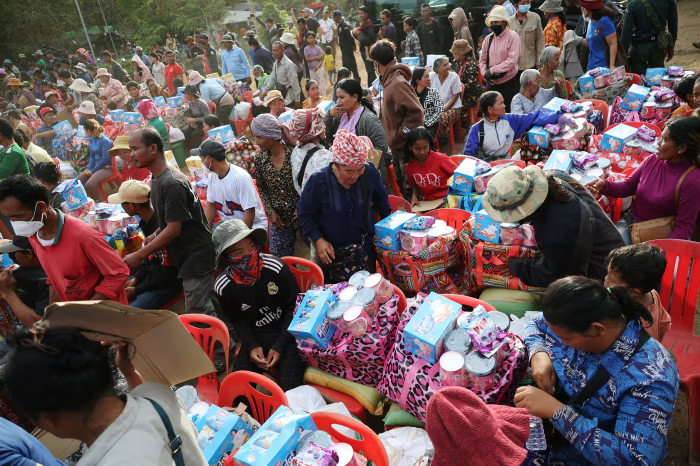
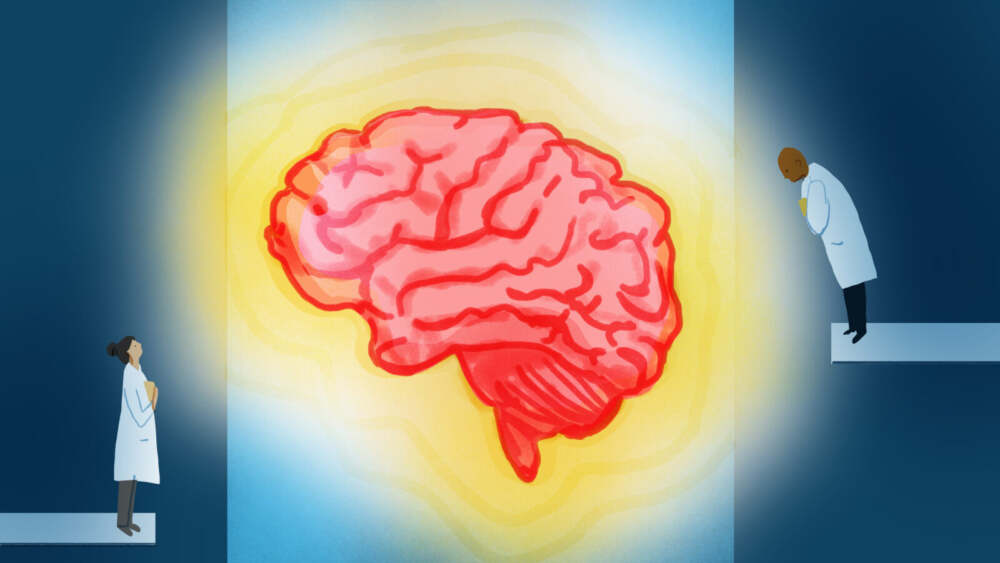
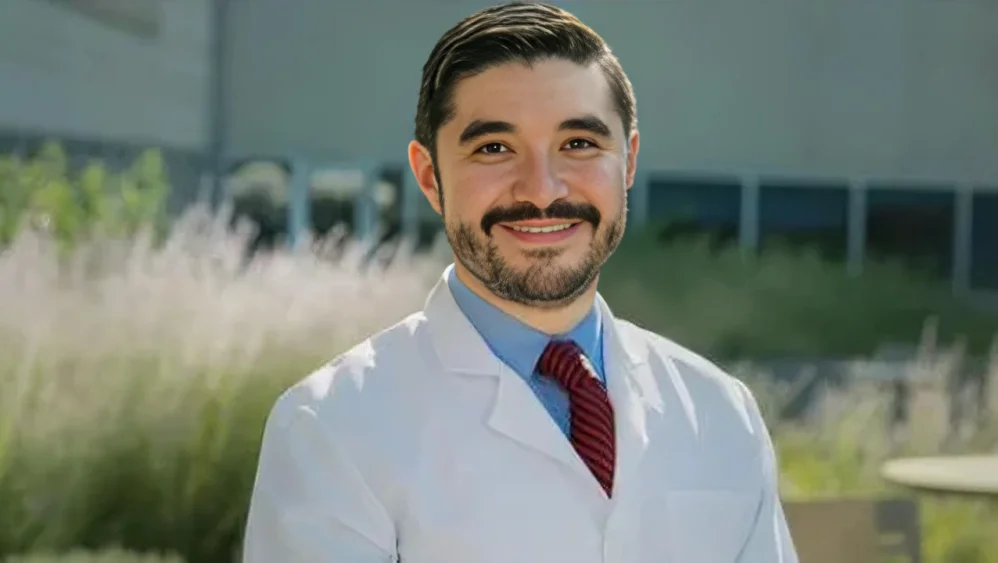
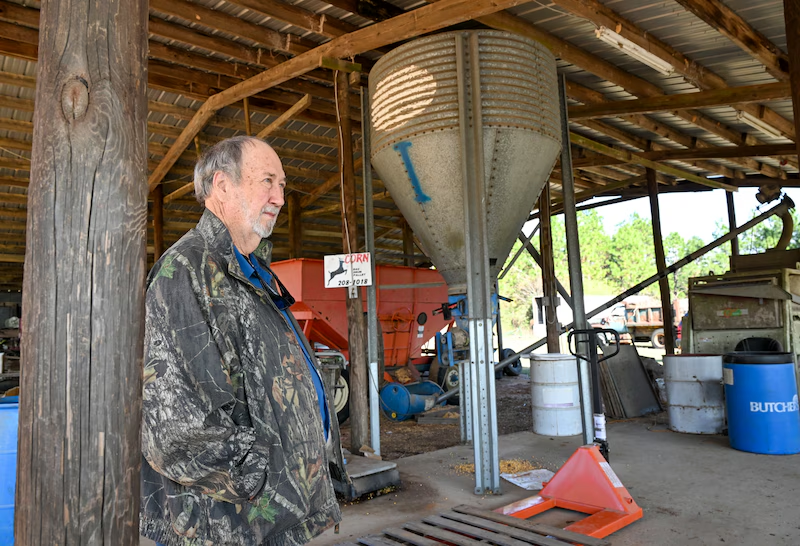

Leave a Reply